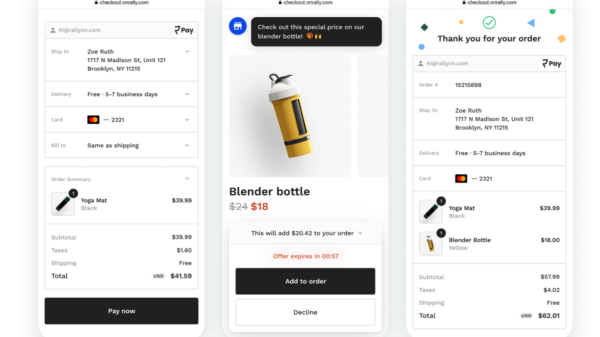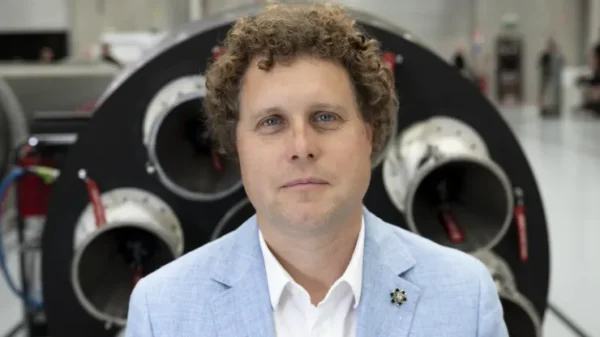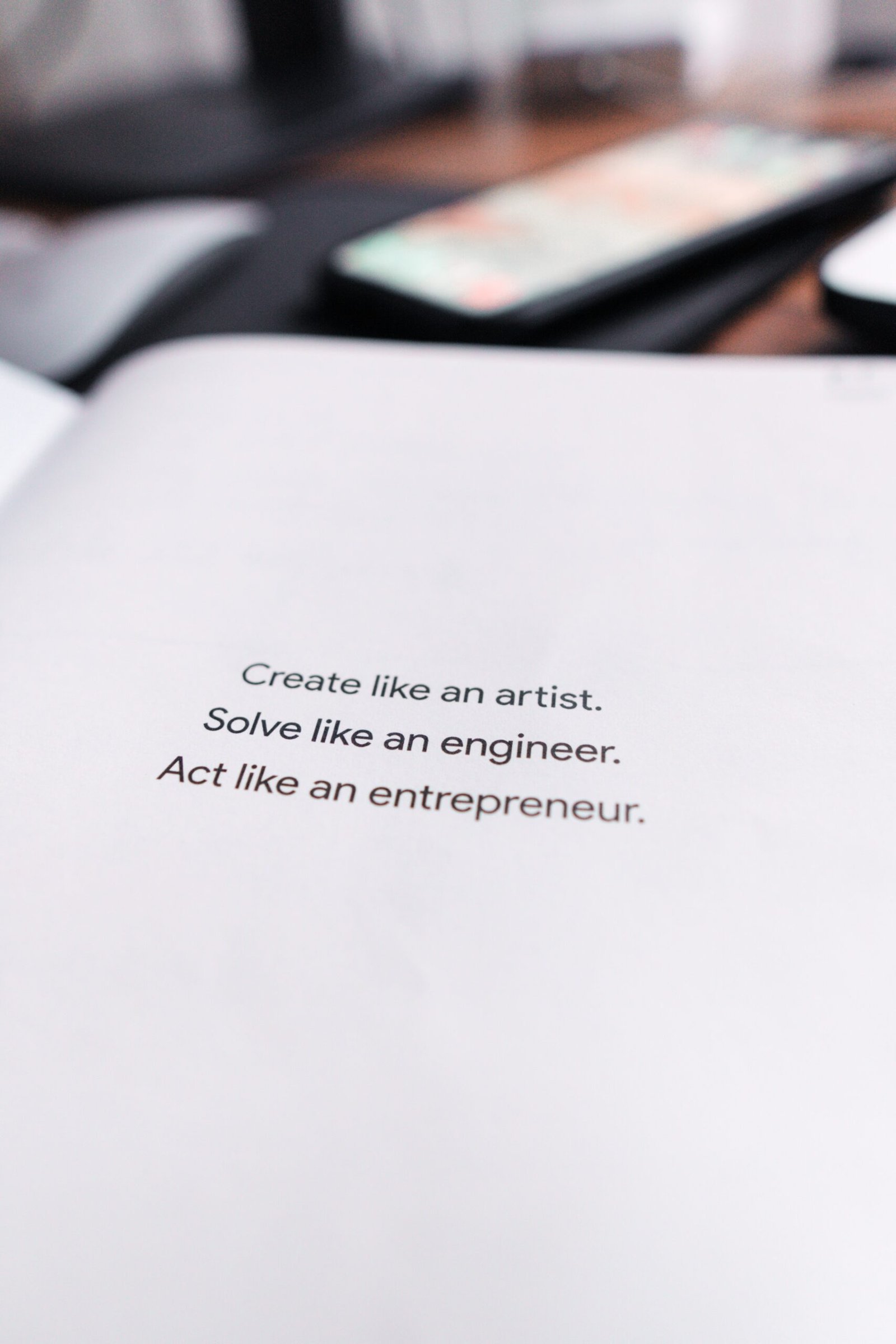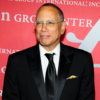Deputy Chairman of Russia’s Security Council Dmitry Medvedev gives an interview at the Gorki state residence outside Moscow, Russia January 25, 2022. Picture taken January 25, 2022. Sputnik/Yulia Zyryanova/Pool via REUTERS
LONDON, March 17 (Reuters) – Russia warned the United States on Thursday that Moscow had the might to put the world’s pre-eminent superpower in its place and accused the West of stoking a wild Russophobic plot to tear Russia apart.
Dmitry Medvedev, who served as president from 2008 to 2012 and is now deputy secretary of Russia’s Security Council, said the United States had stoked “disgusting” Russophobia in an attempt to force Russia to its knees.
“It will not work – Russia has the might to put all of our brash enemies in their place,” Medvedev said.
Since Russia invaded Ukraine on Feb. 24, the United States and its European and Asian allies have slapped sanctions on Russian leaders, companies and businessmen, cutting off Russia from much of the world economy.
President Vladimir Putin says that what he calls the special military operation in Ukraine was necessary because the United States was using Ukraine to threaten Russia and Russia had to defend against the “genocide” of Russian-speaking people by Ukraine.
Ukraine says it is fighting for its existence and that Putin’s claims of genocide are nonsense. The West says claims it wants to rip Russia apart are fiction.
Russia says that despite sanctions it can fare well without what it casts as a deceitful and decadent West led by the United States. It says its bid to forge ties with the West after the 1991 fall of the Soviet Union is now over and that it will develop ties with other powers such as China.
Our Standards: The Thomson Reuters Trust Principles.
Subscribe to our sustainability newsletter to make sense of the latest ESG trends affecting companies and governments.
Subscribe to our newsletter to get all the news you need to start your day.
Reuters, the news and media division of Thomson Reuters, is the world’s largest multimedia news provider, reaching billions of people worldwide every day. Reuters provides business, financial, national and international news to professionals via desktop terminals, the world’s media organizations, industry events and directly to consumers.
Build the strongest argument relying on authoritative content, attorney-editor expertise, and industry defining technology.
The most comprehensive solution to manage all your complex and ever-expanding tax and compliance needs.
The industry leader for online information for tax, accounting and finance professionals.
Access unmatched financial data, news and content in a highly-customised workflow experience on desktop, web and mobile.
Browse an unrivalled portfolio of real-time and historical market data and insights from worldwide sources and experts.
Screen for heightened risk individual and entities globally to help uncover hidden risks in business relationships and human networks.















































